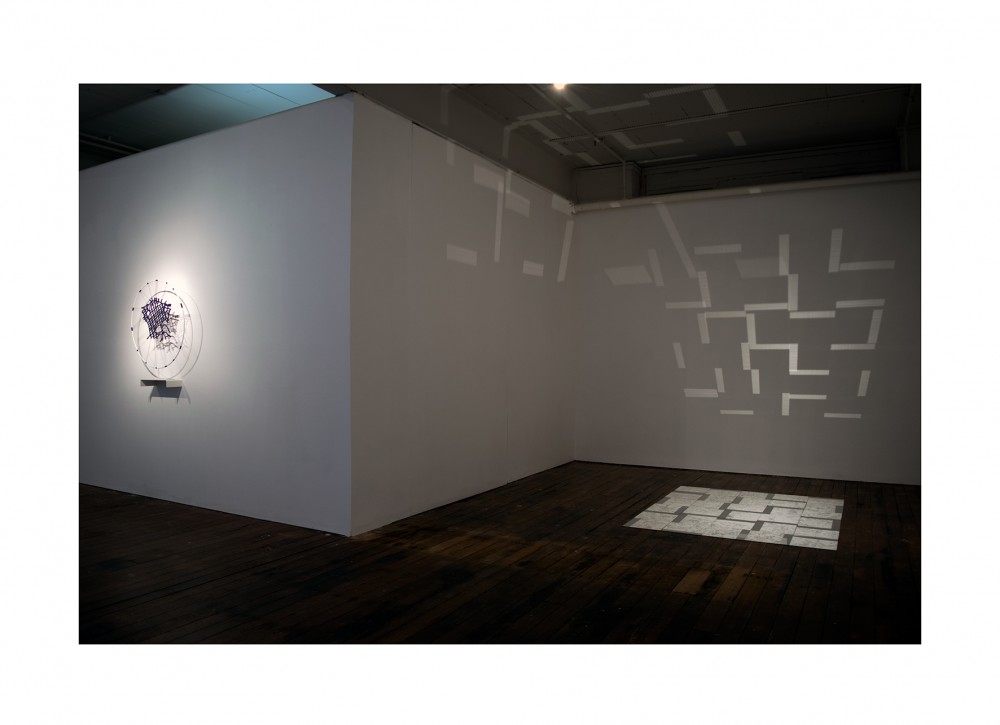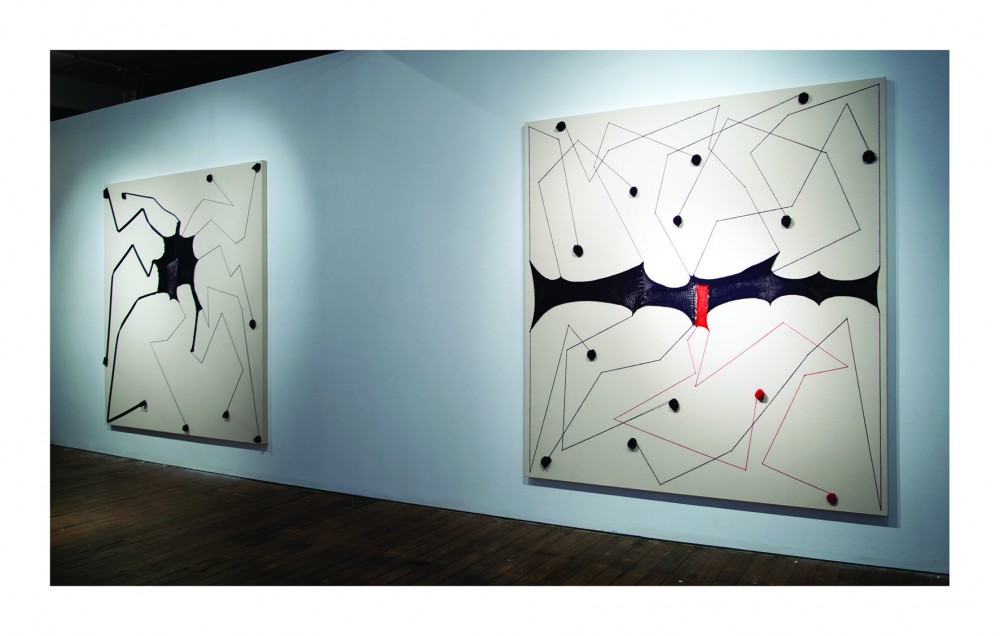projects
memento
CRAFTVictoria
18.03.2017 – 15.04.2017
link here to individual images
When we consider the word memento, we think of the sentimental things that we carry with us as a reminder of the past. But memories are not concrete. They are augmented as we integrate everything we have learned and seen since the moment of their initial formation. Bittersweet in their fragmentation, they taunt us as much as they provide us with nostalgic comfort. Yet our ceaseless obsession with recollection indicates the integral way in which past experiences are absorbed into our beings, informing our future selves.
The works in Dana Harris’s memento figure such complex relationships with our past into the fabric of their being. Coming from the artist’s own lived experience, they are poetic and stand for a larger network of interconnected experiences that includes the viewer. The exhibition combines earlier and recent work to consider the impact of context and temporality on the viewer’s perception of the physical object.
foundation (2011- 2017) is integral to the exhibition’s consideration of the fluid affinity between recollection and time. Harris developed the work at Donkey Wheel House, the former BUS Projects site, where she inhabited a small gallery space for the duration of an exhibition, copying the texture of the floor onto tracing paper before placing the pages on top of mirrors. The mirrors invariably integrate the viewer into the work, bringing the past into the present and layering individual and shared experience on top of one another. By allowing the work to be viewed in a different location and period, Harris emphasises the importance of context for recollection.
Indeed, foundation sets up Harris’s ongoing exploration of a representation/erasure binary that mimics the nature of the mind’s mechanism. As Harris traced the floor of Donkey Wheel House she also covered it with the tracing, thus masking the actual floor in favour of its illustrative portrayal. Here, on the floor of Craft Victoria, foundation will elicit new situations that create a nexus between memories of its initial creation – made more abstract by virtue of time – and its contemporary reception.
The notion of representation is a grey area in Harris’s work. On a wall in her studio, she has handwritten a quote from the writer W.G Sebald ‘The greater the distance, the clearer the view: one sees the tiniest of details with the utmost clarity’1 The artist operates simultaneously on a macro and micro level, asking her audience to shift perception while looking. The effect is that we are never able to grasp everything at once: an attention to detail will cause us to lose sight of the larger picture, while looking at the whole forces us to ignore specifics. Remembered floodplains (2016 -2017), a series of small weavings that recall when Harris viewed the flooded land around Melbourne from an aeroplane - are seductive webs of blue displayed upon the small wooden support on which they were weaved. Despite their slightness, these works carry a complexity that is inherent to their intricate structure. From afar they are recognisable as abstract webs that mimic a landscape but, up close, they close in on the viewer’s field of vision.
Similarly, meiji-jingumae, (2009 – 2017) disrupts the linear temporality of the space it inhabits, drawing upon a revisited past to consolidate a sense of loss. The central area represents the area in Tokyo where Harris lived for many years. When she revisited the site, her apartment building - represented by the red block - had been demolished. Reconciling past with present, Harris has created meiji-jingumae not with a sense of mourning, but with a sense of continuity. The long stretching ‘arms’ of the wool which make up the central section of the work push out over the entire length of the large canvas before darting back in again, each line harnessing wool yet to be unfurled – future potential for events not yet seen.
The mechanism is also at play in grid 3000 (2016), a delicate web of tightly knitted blue cotton housed in a circular frame that represents the Melbourne city grid. The referenced landscape is also one of extremely varied subjectivities. Most people living in Melbourne have their own sentiments towards the site that this map stands for. Thus, the delicate, almost disappearing aesthetic of grid 3000 is analogous to the flux of memories triggered by the simple map. Decelerated by this certain poetic use of everyday materials, the viewer loses sight of the pictorial representation of remembered floodplains and grid 3000, before finally shifting back out to the macro in order to re-engage with the larger structure of the work, and then, the exhibition environment.
Amelia Winata
2017
1 From The Rings of Saturn W.G.Sebald




